Art Appreciation
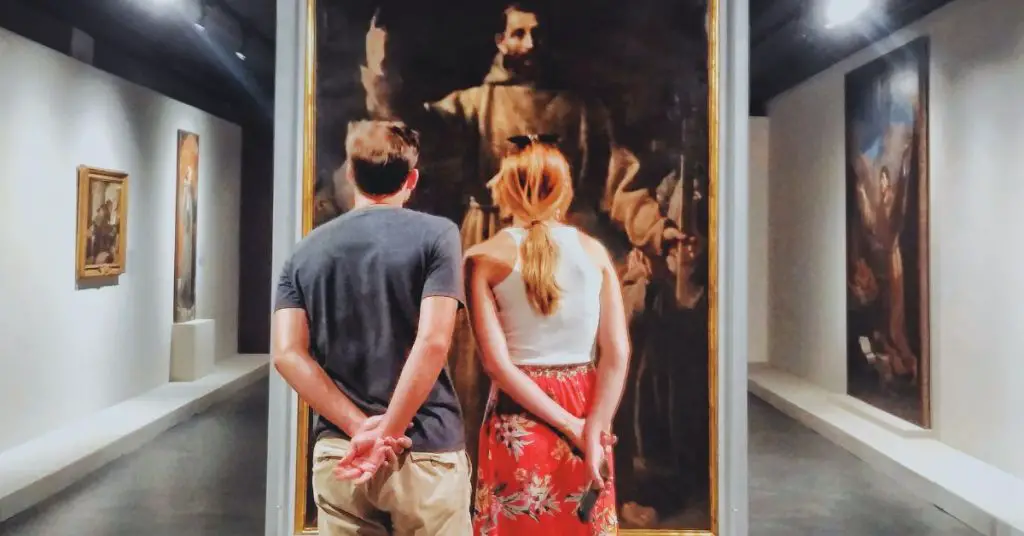
Art appreciation is an often overlooked skill.
It’s much more than simply looking at a piece of art and judging it based on what we see – art appreciation requires us to look deeper, beyond the surface level into the artist’s intent and technique.
We’re here to help you learn how to step outside your comfort zone and explore new ways of seeing art and appreciating its beauty.
This article will provide insight into the process of learning to appreciate artwork from different perspectives.
You’ll gain knowledge about tips on how best to observe them so that you can discover hidden gems throughout any gallery or museum visit.
By the end of this journey, you’ll have all the necessary tools you need in order to begin viewing artwork with newfound appreciation. So let’s get started!
- Art Appreciation
- Definition Of Art Appreciation
- History Of Art Appreciation
- Benefits Of Art Appreciation
- Types Of Visual Art Forms To Explore
- Strategies For Viewing Artwork
- Basic Elements Of Design And Composition in Art History
- Techniques For Understanding Context
- Developing Interpretive Skills
- Resources For Further Learning
- Tips For Sharing And Connecting
- Frequently Asked Questions
- Final Thoughts on Art Appreciation
Definition Of Art Appreciation
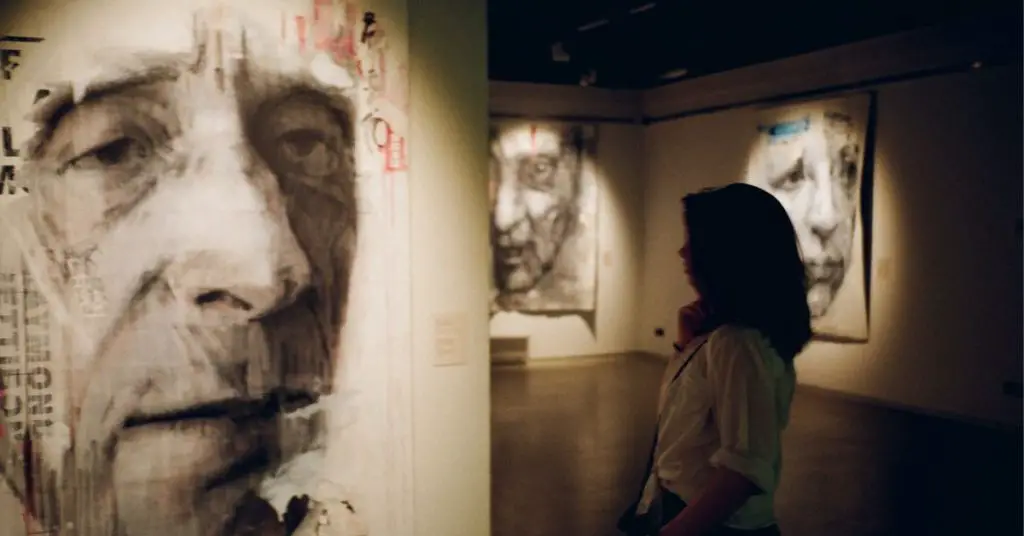
What is art appreciation? It’s the ability to see and appreciate the beauty, value, and meaning of the artwork.
It’s also a way of engaging with the artist’s vision and understanding how their work conveys a message or emotion.
Art appreciation helps us develop an understanding and appreciation for different cultures, styles, media, materials, and techniques.
Learning to appreciate art isn’t just about looking at a painting or sculpture; it involves learning about different periods in art history and exploring the various movements that have impacted our culture.
This could include learning about classical Greek sculptures or Renaissance paintings, as well as more contemporary works like installations or performance art.
We can gain insight into each period by studying artists’ biographies, reading literature about them, and visiting galleries or museums where we can view their work first-hand.
Art appreciation can open our eyes to new perspectives on the world around us. It enables us to explore our feelings beyond what words alone can express and encourages us to look at things from new angles.
Developing an understanding of art allows us to experience a greater sense of joy in life and boosts our creativity too!
Appreciating art helps us become more culturally aware while sparking conversations between people from different walks of life.
History Of Art Appreciation
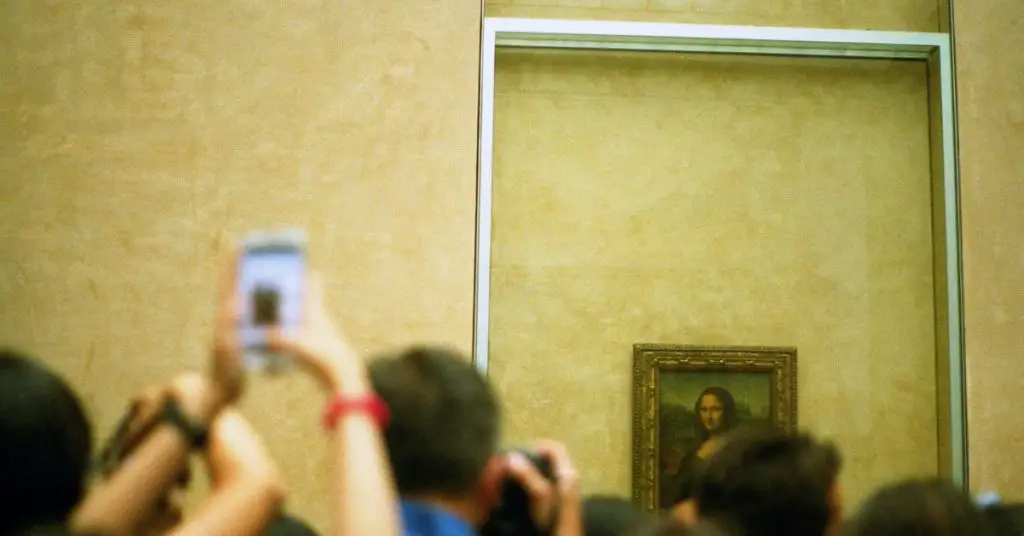
The history of art appreciation is long and rich. Art appreciation has been studied for centuries, with the earliest known records from Ancient Greece and Rome.
In Ancient Greece and Rome, appreciation of art was seen as an essential part of living a cultured life. The study of art was thought to cultivate one’s visual senses and develop an understanding of beauty in the world around them.
The Renaissance period saw a renewed interest in art appreciation, as it became more closely associated with the idea of education and culture.
During this period, artists were highly esteemed for their works and their skills in creating beautiful works of art.
It was during this time that some of the greatest works of art were created by master painters like Michelangelo and Raphael.
In the modern era, art appreciation has become more accessible to people than ever before.
With advances in technology, there are now more ways to appreciate artwork than ever before – from online galleries to virtual exhibitions – making it easier for people to explore and understand different forms of artwork from around the world.
By being exposed to different forms of art, we can gain an unprecedented understanding and appreciation for what makes each unique work special.
Benefits Of Art Appreciation
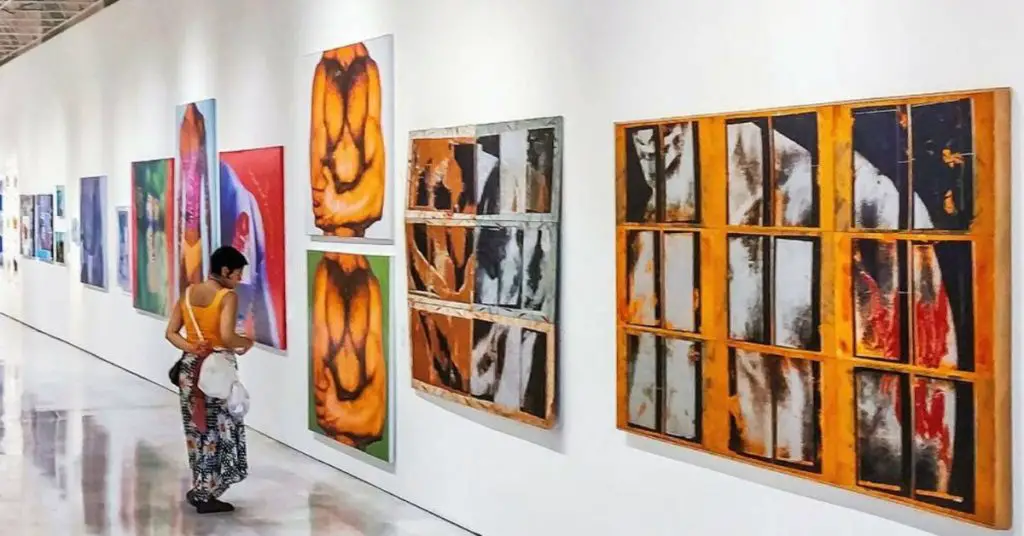
Art appreciation can have many benefits for both individuals and society as a whole.
For individuals, art appreciation can help to increase creativity, develop critical thinking skills, and boost self-esteem. It can also help to reduce stress and anxiety levels by providing an outlet for creative expression.
On a societal level, art appreciation can help to strengthen communities by bringing people together through shared experiences and creating a space for dialogue around important topics.
The ability to appreciate art also has implications for our physical health and well-being. Studies have shown that engaging with art on a regular basis can help improve memory and cognitive functioning while reducing fatigue and improving overall mental well-being.
Additionally, viewing works of art in person can give us an opportunity to get outside, connect with nature, and enjoy the peace of being surrounded by beauty.
Beyond the individual benefits of art appreciation, it is also important to consider its impact on the world around us.
Art is often used as a tool for social change; it has the power to raise awareness about issues that are affecting communities across the globe.
By engaging with different forms of art from various cultures and countries, we can gain valuable insight into different perspectives that we may not have encountered before.
This helps us understand one another better, build empathy towards different points of view, and ultimately lead to more tolerant societies.
Types Of Visual Art Forms To Explore
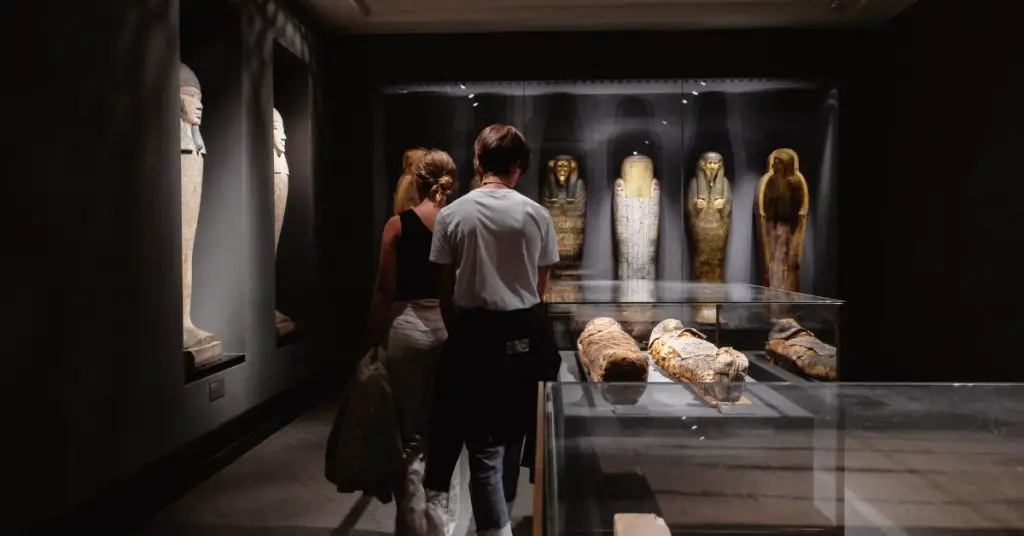
Exploring the various types of visual arts can be an exciting experience. There are countless mediums to explore, from photography and sculpture to painting and drawing.
Each type of art has its own unique history and style, allowing for a wide range of expression.
- Painting stands out among these mediums as one of the oldest forms of creative expression. It is believed that cave paintings were created by some of the earliest humans, dating back as far as 40,000 years ago. Paintings have been used throughout history to tell stories, convey emotions, and document events. From oil paintings to watercolours and abstract expressionism, there are numerous styles to explore in this medium.
- Sculpture is another form of visual art that dates back thousands of years. The first sculptures were small figurines made from clay or stone that were used in religious rituals or ceremonies. Over time, sculpting has evolved into a medium for expressing ideas in three-dimensional form. Many sculptures today are made from a variety of materials including bronze, marble, wood, or even concrete.
- Photography is one of the most popular forms of visual arts today and it continues to evolve with new technologies such as digital cameras and editing software. Photographers use light and composition to create powerful images that tell a story or evoke emotion in the viewer. Whether you prefer nature photography or street photography, there’s something for everyone to explore in this ever-changing field.
No matter which type of visual arts you choose to explore, remember that art appreciation begins with being open-minded about what you see and how it makes you feel.
Observing each piece closely can help reveal hidden details you may have otherwise missed out on!
Strategies For Viewing Artwork
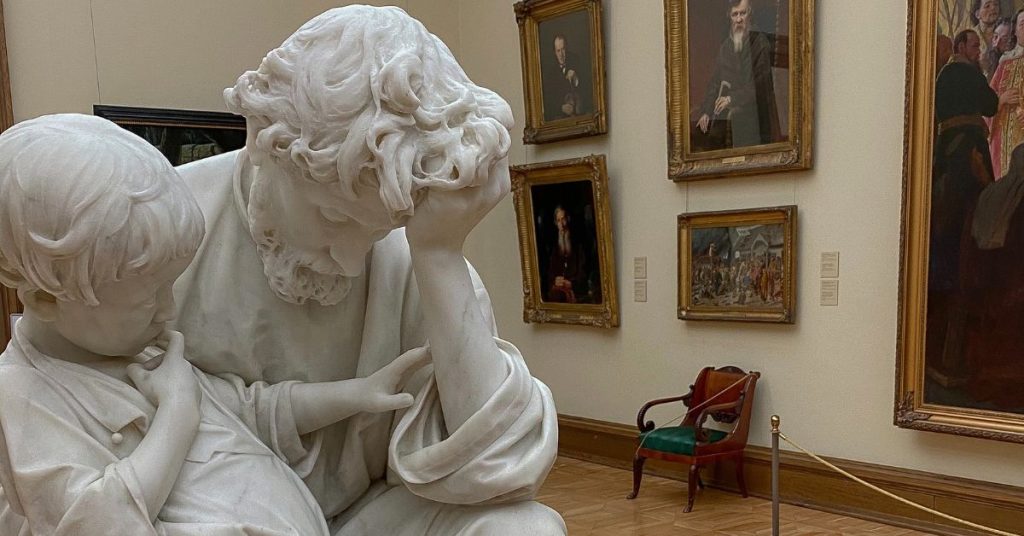
Now that you’ve explored some of the many types of visual art, it’s time to learn how to view artwork in a new light. Viewing artwork can be both fun and educational.
It’s important to take your time when viewing artwork and really appreciate the details, colours, shapes, and textures that make it unique.
Here are some strategies for viewing artwork that will help you get the most out of your experience:
- The first step is to prepare yourself mentally. Before you begin viewing any artwork, take a few moments to relax and clear your mind of any preconceived notions or ideas of what you think a piece should look like. This will help you open up to different interpretations and perspectives as you explore the work.
- The next step is to examine the artwork closely. Take note of its colours, textures, lines, and shapes. Consider how these elements work together to convey meaning or emotion in the piece. Think about what the artist may have been trying to express with his or her use of colour, texture and composition. Ask yourself questions such as: “What do I see?” “What is this piece saying?” “What feelings does it evoke in me?”
- Finally, try putting yourself in the artist’s shoes by asking questions such as: “What was their inspiration for creating this piece?” “What techniques did they use?” “What materials did they use?” Answering these questions can help give you insight into their creative process and further enhance your appreciation for their work. Through thoughtful observation and exploration of an artist’s work, you can gain a deeper understanding and appreciation for art as a whole.
Basic Elements Of Design And Composition in Art History
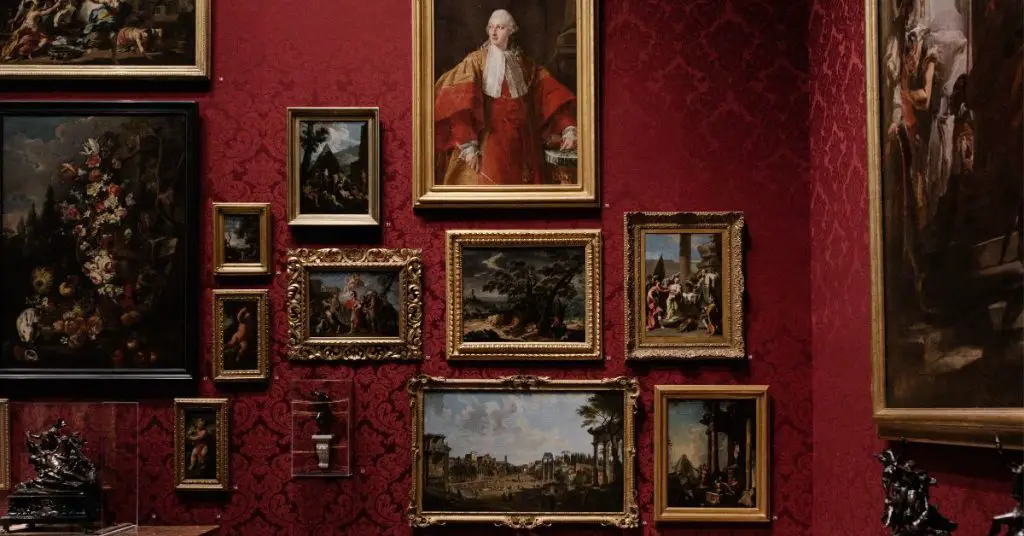
The elements of art, design and composition are integral aspects of a work of art. They can include the use of line, shape, form, colour, texture, and space.
By combining these elements in creative ways, an artist is able to create a unique visual experience for the viewer.
- Line is one of the most important elements in any artwork. It can be used to define shapes and forms or to create movement or direction within a composition. Lines can also be used as symbolism or to emphasize a certain emotion within the piece.
- Shape and form are also crucial components of any artwork. Shapes are two-dimensional figures that define an area and outline images while forms refer to three-dimensional objects that have depth and volume.
- Colour can be used to add contrast and emotion to artwork while texture brings life to it by creating different effects with light and shadow. Finally,
- Space refers not only to the physical areas between objects but also to the psychological depths created by their placement in relation to each other within a composition.
These elements play a critical role in how we interpret artworks on both conscious and subconscious levels.
Every element should contribute toward creating an overall unity so that viewers will take away something meaningful from it in terms of its message or purpose.
An artist must be mindful of how all these pieces fit together when creating their work; otherwise, they risk creating something that fails to evoke any reaction from their audience at all.
Techniques For Understanding Context
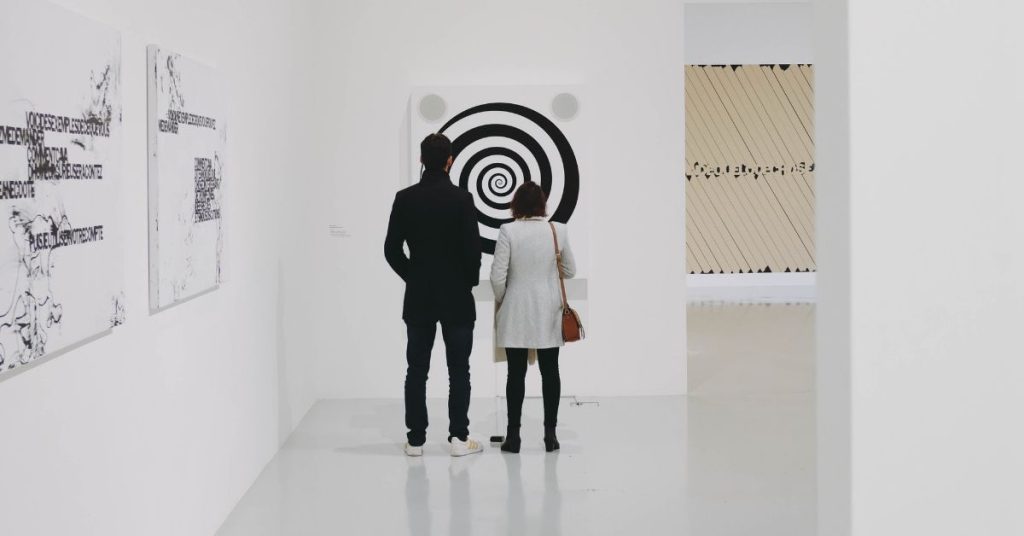
Now that we have discussed the various elements of design and composition, let’s shift our focus to understanding how to look at art in a new light.
To appreciate art, it is important to understand the context in which it was created. The context behind a piece can be found through techniques such as research, observation, and analysis.
- Researching a piece of art, it is important to look for information about the artist and the time period in which it was created. This can help provide insight into why certain elements were used and what message may have been intended by the artist. Additionally, one should look for any details or symbolism present in the work that may not be immediately evident.
- Observation plays an important role in understanding context as well. Taking a closer look at an artwork can help uncover details that are often overlooked when viewing from afar. Paying attention to colours, textures, shapes, and lines can help reveal more about the artwork than simply looking at it with no further inspection.
- Analyzing a work of art is another way to gain insight into its context. Looking closely at how elements were used and combined together will help determine how they contribute to the overall message of the piece. This includes considering composition and design elements such as balance, contrast, rhythm, movement and unity. By carefully analyzing these aspects of an artwork, one can develop a more informed appreciation for its meaning and purpose beyond just its aesthetic value.
Developing Interpretive Skills
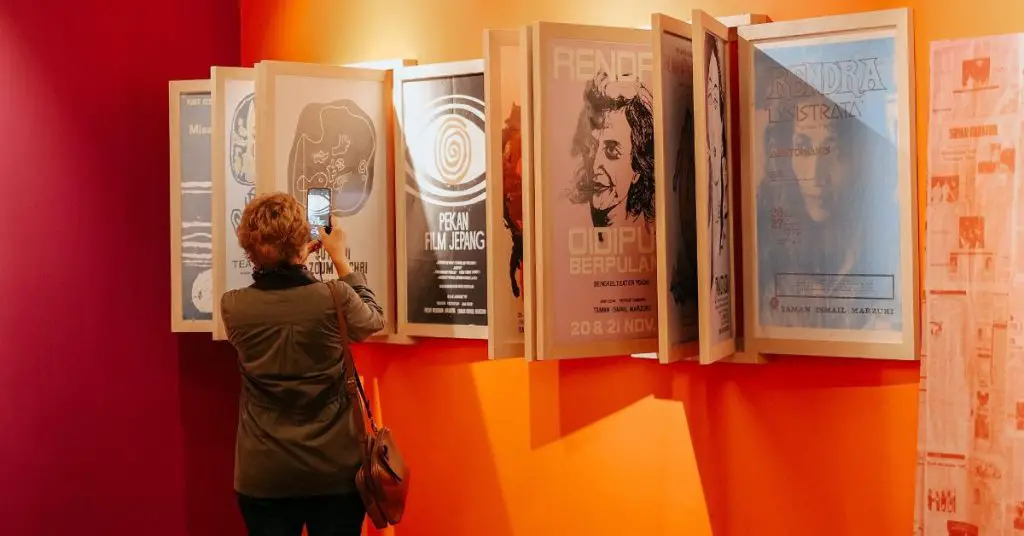
Interpretive skills are essential for understanding and appreciating art. When looking at an artwork, it’s important to look beyond the surface to uncover the deeper meaning behind it.
To develop interpretive skills, there are a few key techniques that can be used:
- One of the most effective ways to gain insight into an artwork is by asking questions. What is the artist conveying with this piece? What elements and techniques were used to create the work? Are there any symbols or metaphors present? Asking these types of questions can help unlock hidden meanings in a work of art that may not be immediately obvious.
- Another helpful technique is researching the artist and their cultural context. This can provide further insight into what inspired them, and how their work was received by their peers and society at large. It can also help put the artwork in a larger cultural context which adds depth and complexity to its meaning.
- Analyzing artistic elements such as composition, colour, texture and form can also help unpack an artwork’s message. Paying attention to how different elements interact with each other reveals subtle nuances that contribute to its overall impact on viewers.
Developing interpretive skills requires practice but is a rewarding process that helps us gain a greater appreciation for art.
Resources For Further Learning
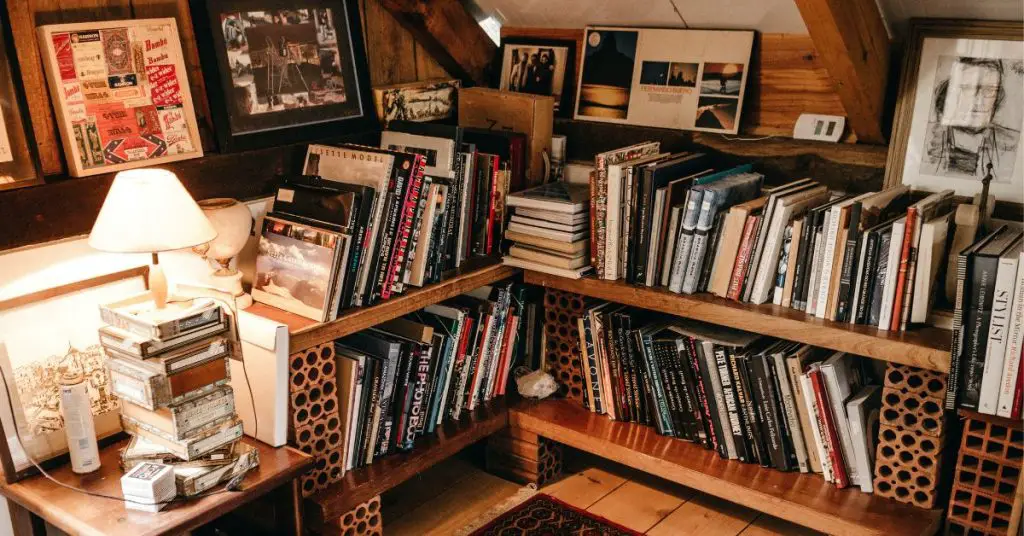
There are many resources available to help anyone learn more about art appreciation. Books, magazines, and articles all provide valuable information on the subject.
Online resources also offer great tools for learning more, such as podcasts, webinars, and courses. A great starting place is to look for art appreciation classes offered by colleges and universities in the area.
These classes typically cover a broad range of topics from the basics of art history to deeper dives into specific artists or styles.
For those who prefer to learn at home, there are plenty of books available on art appreciation. Many can be found at local libraries or bookstores, while others can be purchased online.
Magazines such as Art Forum or Art in America also provide coverage of current trends in the world of art. Articles written by experts in their respective fields can be found on various websites like Artsy or Hyperallergic.
Finally, there are countless podcasts and webinars that discuss almost every aspect of art appreciation. Many of these are free and readily available with a simple internet search.
Finding the right one depends on the individual’s preferences and goals when it comes to furthering their knowledge about this field.
With so many options out there, anyone looking to explore art appreciation further will have no trouble finding something that works for them!
Tips For Sharing And Connecting
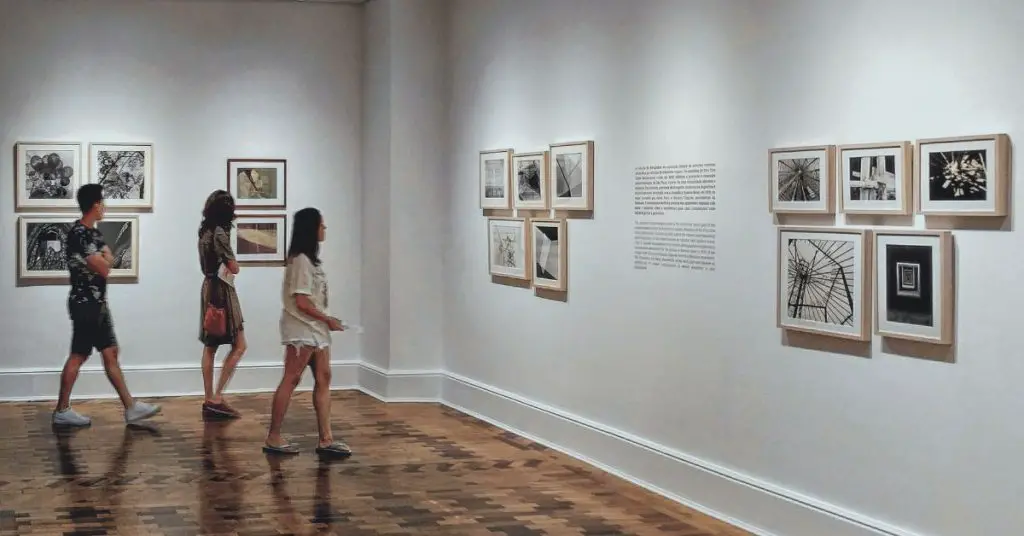
Sharing and connecting with art can be one of the most rewarding experiences in appreciating the artwork. To get the most out of the experience, there are a few tips to keep in mind:
- The first tip for sharing and connecting is to engage all your senses. Take time to fully observe the artwork and let it speak to you. Notice how the colours, shapes, and textures make you feel. If a painting or sculpture evokes emotion, don’t hesitate to express it. Connecting deeply with artwork can be an extremely powerful feeling.
- Another great tip is to take advantage of guided tours and audio tours when available. A guide can help lead you through a museum and provide meaningful context for each piece you encounter along the way. Audio tours can also help bring an artwork’s story to life by providing detailed information about its history and significance, and finally,
- Try discussing your thoughts on artwork with friends or family members who may have a different opinion than yours. This allows both perspectives to come together in conversation and create something new from their dialogue about art appreciation. By taking these tips into consideration, we can approach viewing artwork from different angles and gain a new appreciation for it every time we look at it.
Frequently Asked Questions
What Types Of Art Should I Start Exploring First?
When exploring art, it’s important to figure out what type of art you’re most interested in. There are so many different mediums and styles that can be explored, from painting and sculpture to photography and digital art. It can be overwhelming trying to decide where to start, but there are a few techniques that can help you narrow down your choices.
One way to begin is by exploring the work of artists who inspire you. Look for pieces that draw your attention or evoke strong feelings in you. This will indicate what types of art you’re drawn towards, whether it’s abstract expressionism, surrealism, or something else entirely.
You may also want to research different movements and styles throughout history, such as Impressionism or Postmodernism, which could present new possibilities in terms of what kind of art appeals to you.
Another approach is to experiment with different mediums yourself. If you have access to art supplies like paints and canvas, try creating a piece of artwork in each one and see which ones come more naturally to you.
You might even find that a style or technique that didn’t immediately appeal to you reveals itself as something enjoyable once you start working with it! Additionally, don’t forget about digital media; there are plenty of free software programs available online that allow anyone with a computer the opportunity to create their own digital artwork—all without spending a penny!
No matter how much (or how little) experience you have with creating art, exploring various mediums is the best way to get familiar with them and grow as an artist. If nothing else, this will provide an excellent opportunity for self-discovery and help refine your personal tastes when it comes to appreciating other people’s artwork.
How Can I Develop My Interpretive Skills?
Developing interpretive skills is an important part of understanding art. It requires the ability to look at a piece of artwork and gain insight into what the artist is trying to express. This can be a difficult task, but with practice and dedication, it’s possible to hone your interpretive skills.
One way to develop interpretive skills is by looking for patterns in the artwork. Patterns can be anything from a repeating color scheme or shape to more abstract concepts like symbolism or metaphors.
Looking for these elements will help you understand how the artist intended the piece to be viewed and interpreted. Additionally, making connections between different pieces of art can also provide valuable insight into how they are meant to be understood.
Another way to sharpen your interpretive skills is to become familiar with different artistic styles and techniques used throughout history. Learning about different types of art and their unique characteristics will give you a better understanding of how each style contributes to the work as a whole. Additionally, studying classic works of art can give you an appreciation for the skill and creativity that goes into creating them.
By looking for patterns in artwork, making connections between different pieces, and familiarizing yourself with various artistic styles, you can improve your interpretive skills and gain a deeper appreciation for art. With time, practice, and dedication you’ll be able to see art in an entirely new light!
Are There Any Online Resources I Can Use To Learn More About Art Appreciation?
Developing one’s interpretive skills is an important part of learning to appreciate art. But with the advent of the internet, it can be difficult to know where to start. Are there any online resources available that can help someone learn more about art appreciation?
The answer is yes! There are a variety of online resources available for anyone who wants to dive deeper into art appreciation. From podcasts and YouTube videos to in-depth articles and interactive activities, these websites provide a wealth of information on various aspects of the subject.
One great example is The Art Newspaper, which offers daily updates on all kinds of topics related to art appreciation. They cover news from around the world along with reviews and interviews from leading professionals in the field. Additionally, they provide educational materials for students, such as quizzes and lesson plans.
For those seeking a more hands-on approach, there are several sites that offer interactive activities designed to help people understand different aspects of art appreciation.
For instance, Artsy provides virtual galleries where users can explore works from around the world without ever leaving their homes. Similarly, Museum Hack offers virtual tours that let people get up close and personal with some of the greatest works of art in history.
These online resources are invaluable for those looking to develop their interpretive skills and gain a better understanding of art appreciation. With so many options available, there’s no excuse not to take advantage and get started on your journey today!
What Elements Should I Look For When Viewing Artwork?
When viewing artwork, it is important to look for certain elements. By doing so, a person can gain a better understanding and appreciation of the artwork. It is not enough to simply look at the work, but instead one should look for certain characteristics that make the piece unique or special.
The first thing to consider when looking at artwork is its composition. This means looking at how the colors, shapes, and lines interact with each other to form a pleasing whole. Additionally, it might be helpful to think about how these elements convey emotion or meaning in the piece. For instance, warm colors may suggest comfort while cool colors may imply sadness.
A second aspect of the artwork that one should consider is its subject matter. This includes both what the piece depicts as well as any symbols or metaphors that may be present.
Looking closely at these details can help one gain insight into what the artist was trying to convey through their work. Furthermore, studying the context of the piece – such as who created it and why – can also provide valuable information about its meaning and purpose.
In order to understand art more deeply, it is important to pay attention to all of these elements when viewing a piece of art. Taking time to observe them carefully will help one appreciate artwork more fully as one begin to recognize patterns in composition and symbolic meanings behind images and objects portrayed in works of art.
Are There Any Tips For Discussing Art With Others?
Discussing art with others can be a great way to gain new perspectives and deepen your appreciation of artwork. However, if you’re not used to talking about art or don’t feel particularly confident in your own knowledge, it can be intimidating. Fortunately, there are some simple tips that can help make the process easier.
Before discussing artwork with someone else, it’s important to take the time to analyze the piece yourself. Ask yourself what elements of the artwork stand out to you and why they appeal or engage you. This will give you a better understanding of how and why you perceive it in a certain way. Additionally, taking notes on specific aspects of the work that interest you is also helpful for sparking conversation with someone else about it.
When talking about artwork with another person, remember to focus on whatever speaks to them as much as possible. By doing this, you may find that their observations lead you to notice things in the piece that hadn’t occurred to you before.
This can be especially beneficial when discussing more abstract works since each person’s interpretation will likely be different from the others. Additionally, being open-minded and respectful towards their point of view is essential for having productive conversations about art without feeling judged or uncomfortable.
In order for discussions about art to be meaningful and enjoyable experiences, it’s important to keep an open mind while engaging in dialogue with others about the artwork. Taking the time beforehand to think deeply about a particular piece will ensure that you have plenty of ideas and points of view ready to share during these conversations as well.
Final Thoughts on Art Appreciation
To conclude, art appreciation is a skill that can be cultivated by anyone. With the right knowledge and perspective, we can all learn to appreciate art in new ways.
By understanding how artists create works of art, and what elements make up these pieces, our eyes are opened to new possibilities.
Everyone has the capacity to gain a deeper understanding and admiration for visual art – it’s all about finding what speaks to us individually.
As such, learning more about art appreciation encourages us all to see things differently – allowing us to develop an even greater appreciation for both established masterpieces as well as emerging talent.
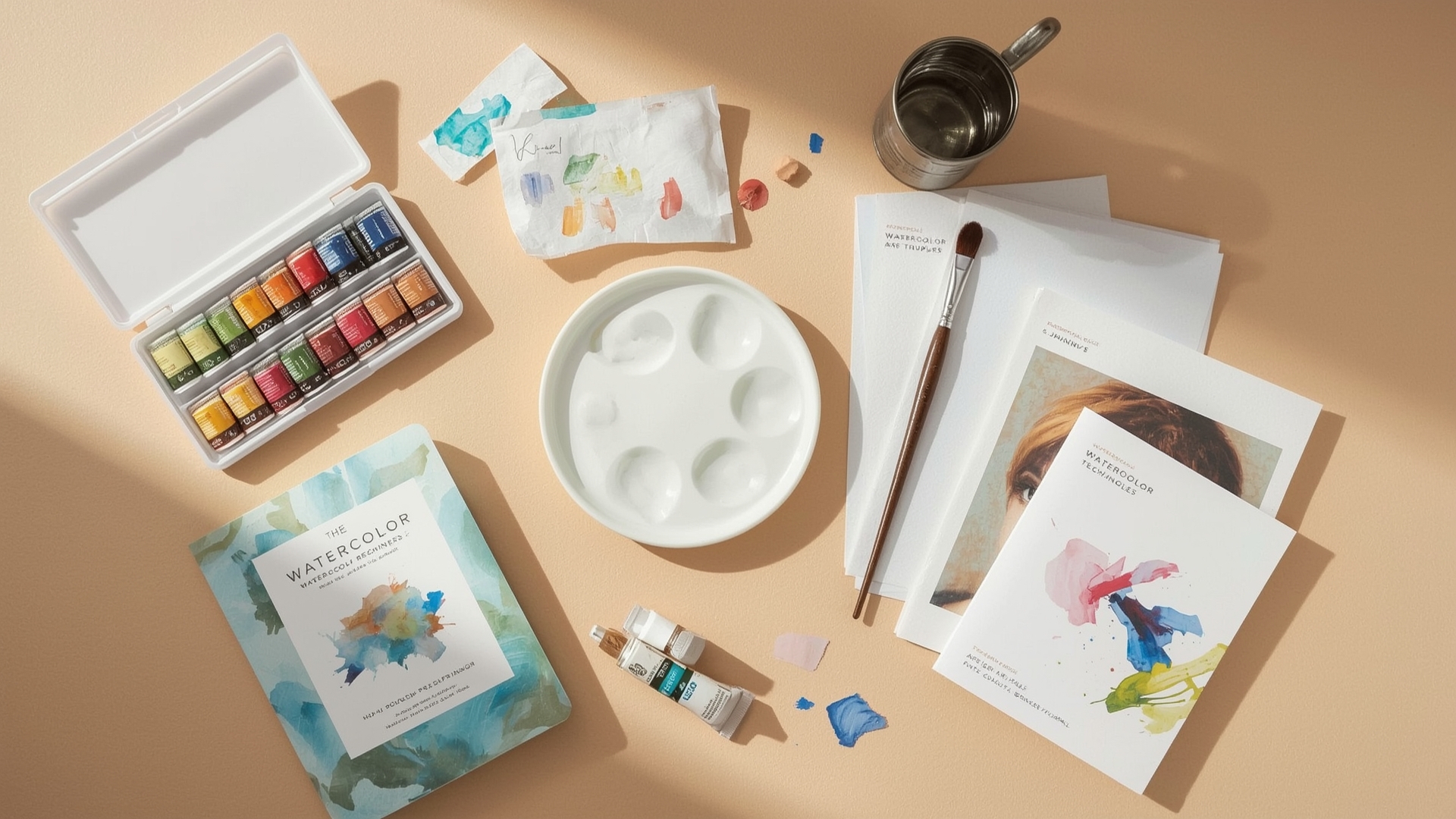

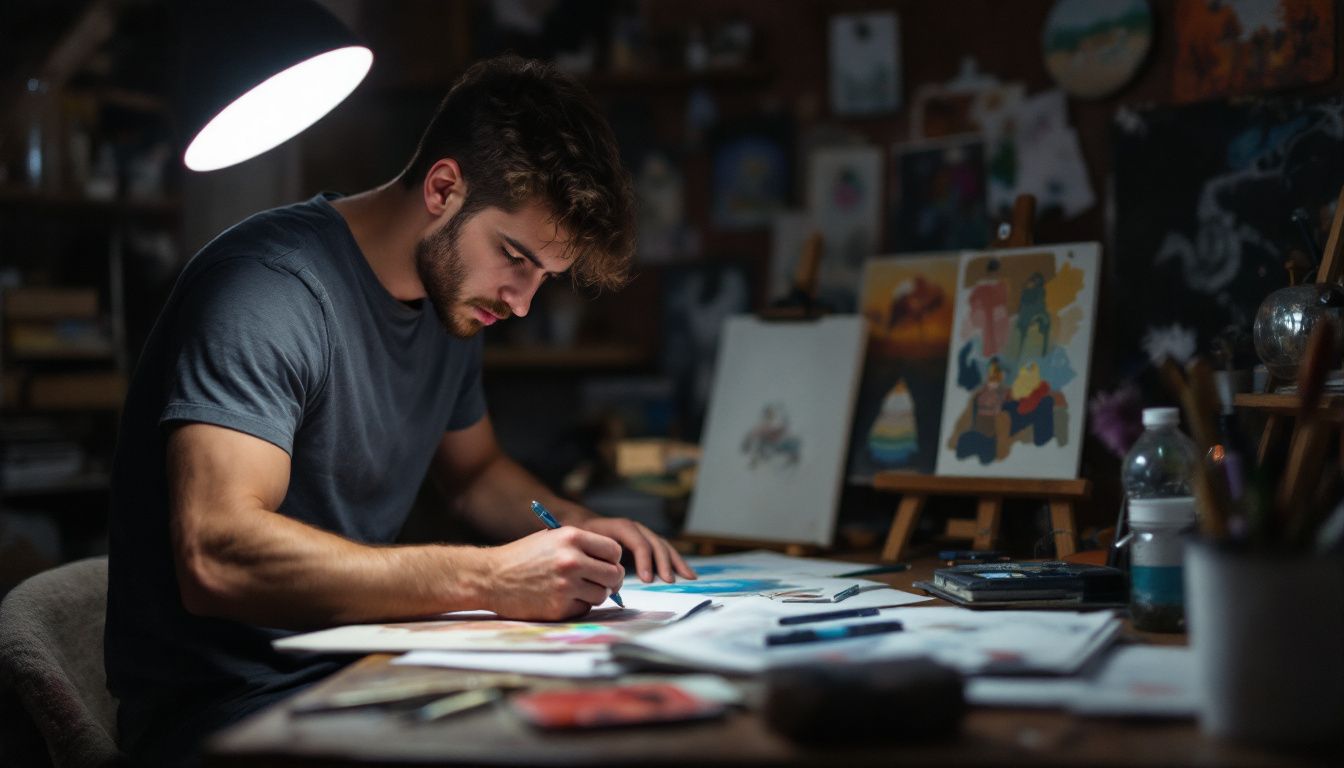
Leave a Reply